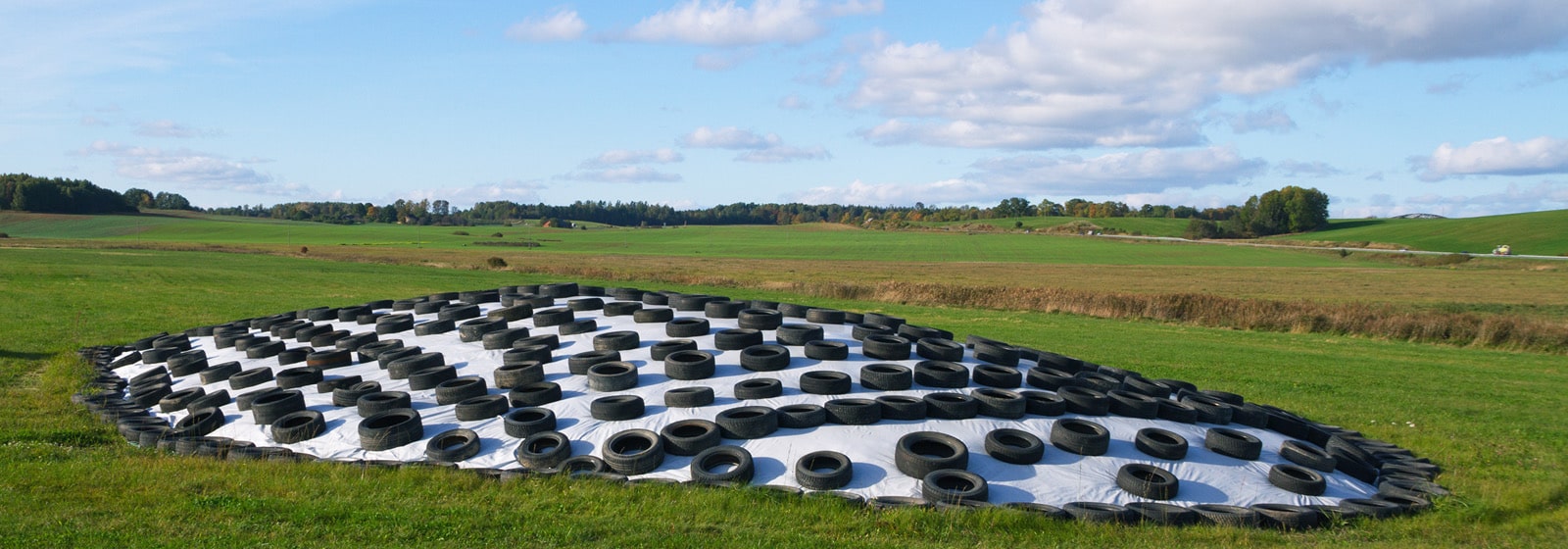There are several factors to consider if you’re in the market for new silage covers. These factors include cost, quality, and durability. These factors will determine the best cover for your needs. Fortunately, there are several options available. Read on to learn about some of your options. Then, weigh the benefits of each and decide which one best fits your needs.
Reusable
Reusable silage covers can be an excellent solution for farmers looking for a cost-effective alternative to plastic coverings. They reduce dry matter losses by preventing oxygen from seeping into the silage. In addition, they protect the silage’s nutrients. A single silage cover can last 12 to 18 months and costs less than a single plastic cover. For more information about silage covers, visit www.unipak.com.au/silage-pit-covers now.

RPE silage covers are tough, lightweight and easy to deploy. They are also very effective in blocking oxygen while controlling water and gases. In addition, they provide reliable protection for months and can easily be transported and installed. BTL Liners offers a variety of RPE silage covers made from top-quality materials.
Durable
Polyethylene is an excellent material for durable silage covers. It offers better UV and chemical resistance than PVC. It is also lightweight and easy to fold and drag. This cover also controls the movement of gases and water, ensuring rapid fermentation. It is also durable, providing months of reliable protection.
One of the most important features of a durable silage cover is its ability to prevent wind lift. It should be attached to the soil using a frame and anchors. While weighing down the cover effectively minimises wind lift, it cannot completely eliminate it. Therefore, durable covers should have frames with removable pole pockets. The pole pockets are useful to prevent damage to the cover during windy conditions. If you are building your silage cover, check that it has pole pockets to prevent damage.
Ideally, a durable silage cover will have minimal seams. This ensures a more uniform distribution of weight and quality hay. In addition, silage cover materials that feature a rubber underlay sheet will provide optimal sealing and will last several years. Durable silage covers also have an adequate oxygen barrier, which helps them retain moisture and prevent crow damage.
Quality
The quality of silage covers is important for several reasons. First, they should provide the best possible protection against moisture and air, resulting in high-quality compact hay. They should also be easy to install and remove. GVD Feed Covers offers top-quality silage films that can be used year-round, protecting from extreme weather and environmental conditions.
The design of silage covers can be customised to provide the best protection against wind lift. Custom fabrication allows large covers to be cut from a single piece and fabricated to meet unique dimensions and shapes. In addition, factory-sealed seams are more durable than on-site seams. If you’re planning to make replacement silage covers, you may want to invest in professional-grade seam sealing equipment. For more information about silage covers, visit www.unipak.com.au/silage-pit-covers now.
Manufacturers
Manufacturers of silage covers offer silage protection and efficiency. Their innovative features include superior tear resistance, soft, flexible material, and exceptional oxygen barrier qualities. Short-term market growth is anticipated, driven by their application in silage production to protect hay from damage and improve efficiency. Meanwhile, continuous research and development will fuel long-term market expansion.
The report provides detailed profiles of manufacturers and suppliers. It includes information such as production capacity, product portfolio, key strategies, and prominent consumers. The report also provides insights into the level of competition in the silage covers market. A comprehensive market analysis can help identify the best option for silage producers.
In addition, the report provides information about the leading manufacturers of silage covers. The report includes their product portfolios, strategic market analysis, and SWOT analysis. It also analyses the market’s size and profitability regarding US$ million tons. Additionally, the report provides Y-o-Y growth estimates and a detailed breakdown by key country and region.
Benefits of Polyethylene Silo Covers
Unlike PVC, polyethylene (PE) is a more durable choice for silage covers. However, not all forms of PE have the same benefits, so it is important to choose the right one for your application. RPE, or reinforced polyethylene, is the best for silage covers, as it provides superior chemical and UV resistance. BTL’s silage covers are made of a combination of LDPE and HDPE, which gives you the best of both polymers.
A silage cover should provide high-quality vapour and oxygen barriers so that microorganisms cannot penetrate the material. It should also be UV-resistant to withstand extended outdoor use. It should also be long-lasting so that it can last several seasons. It should be waterproof, as well, so that it won’t disintegrate or peel off when exposed to the elements. For more information about silage covers, visit www.unipak.com.au/silage-pit-covers now.